How to Get Civically Engaged This Fall
If you’re looking to stay in the loop and get engaged this fall, here’s a quick run-down of what’s going on.
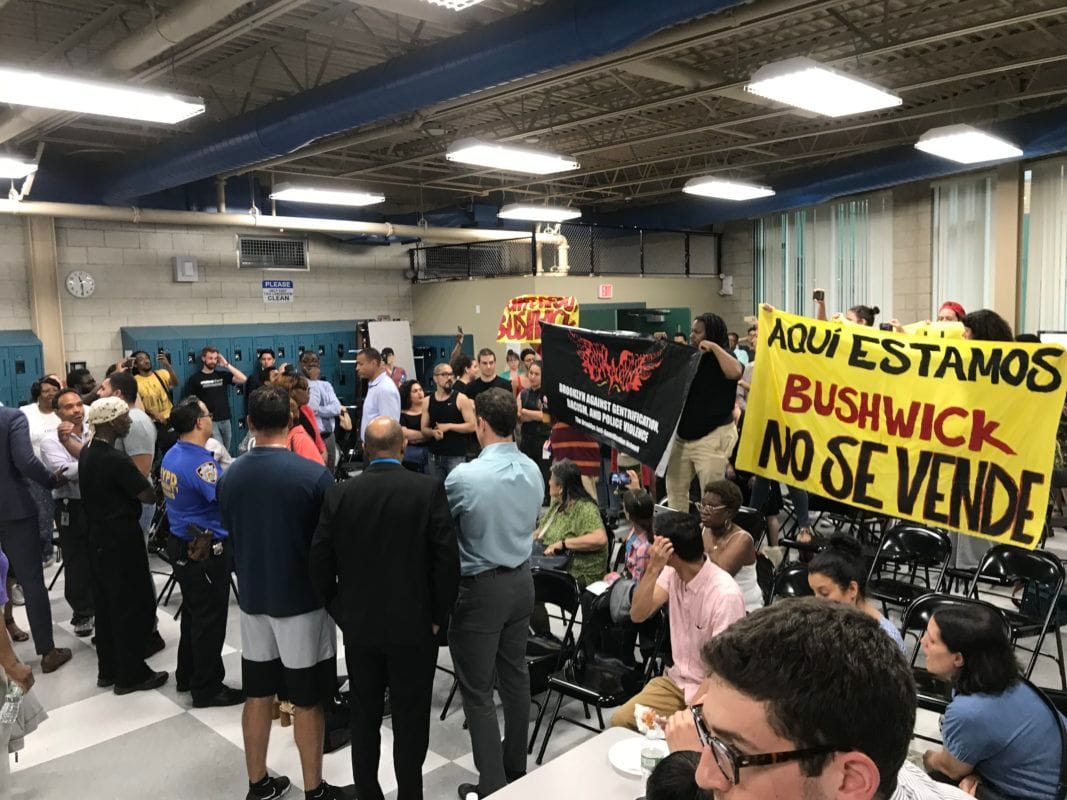
After this week, Bklyner goes on indefinite hiatus. But of course, Brooklyn will continue on, with plenty of important meetings, hearings, and decisions coming down the pike this fall.
If you’re looking to stay in the loop and get engaged, here’s a quick run-down of some things you can do:
Attend a Community Board meeting
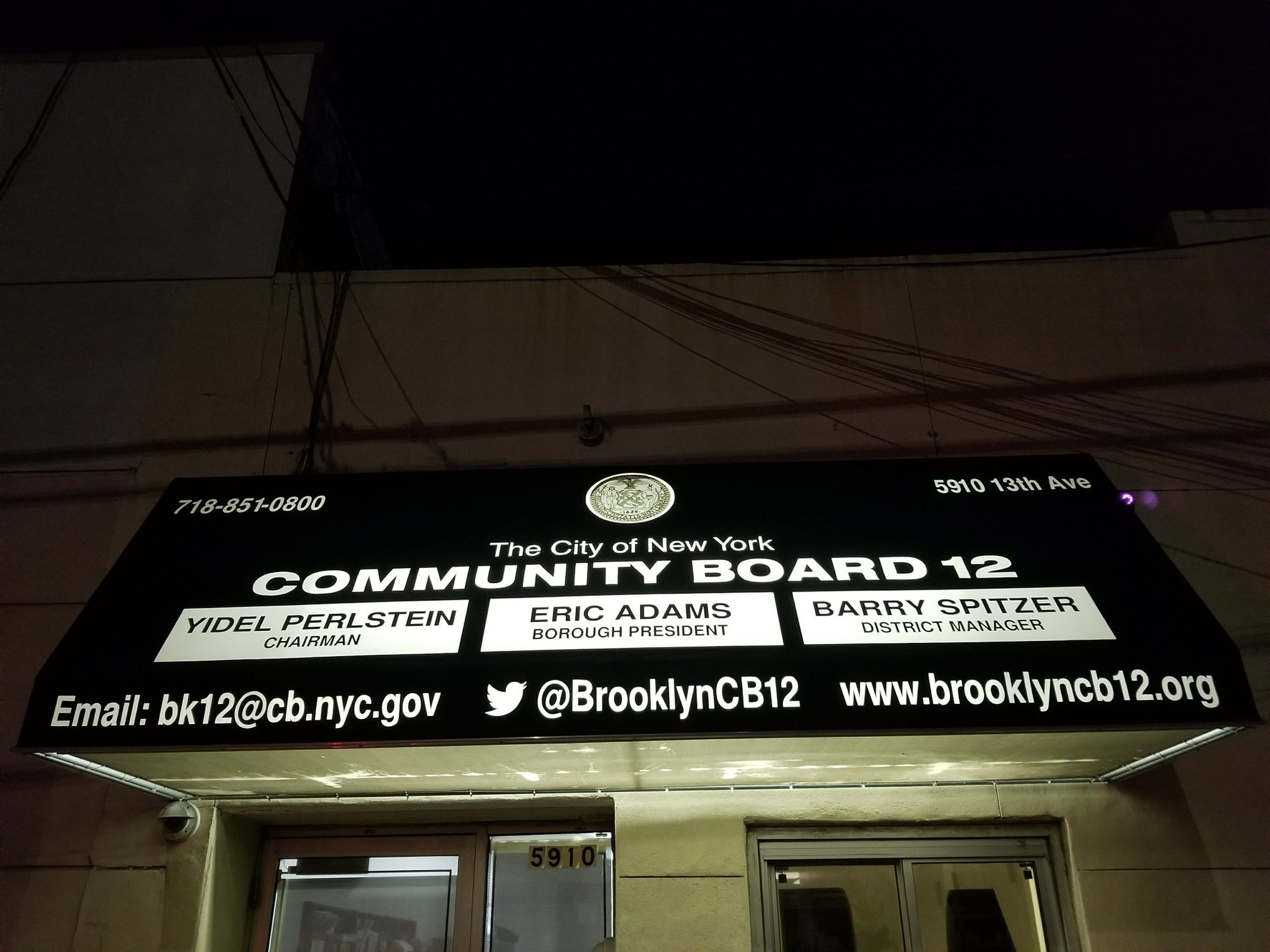
Brooklyn’s community boards, the local representative bodies that cast votes on everything from new bike lanes to neighborhood rezonings, are meeting again after their annual summer hiatus. Governor Kathy Hochul signed a bill into law last week that allows boards to continue meeting virtually because of the ongoing coronavirus pandemic.
The full boards each meet once per month, but to find out the juicy details on what’s being planned for your area, you’ll want to attend topical committee meetings, which focus on things like transportation, land use and parks. All CB meetings are open to the public. You can find your community board here.
Connect with your (likely) next Council Member, or support a campaign for a competitive seat
Brooklyn voters are overwhelmingly Democratic, which means that most of the candidates who won their Democratic primary races for City Council seats back in June are almost guaranteed to win their general election races this November.
Several of those likely-Council-Members-to-be are already looking for opportunities to hear from the community. Shahana Hanif, the Democratic nominee for western Brooklyn’s District 39, is organizing Zoom meet-and-greets. Alexa Áviles, the Democratic nominee for District 38 in Sunset Park and Red Hook, is hosting community events and hiring organizers. In north Brooklyn’s District 33, Lincoln Restler is asking constituents what they want their next Council Member’s priorities to be.
Meanwhile, if you live in southern Brooklyn, where there are more registered Republicans than in other parts of the borough, the general election for your Council seat could still be competitive. On that note, don't forget to vote in the general election on November 2nd.
In the meantime, if you want to give an earful to your current Council Member, you can identify that person here.
Help New York’s Redraw its District Lines
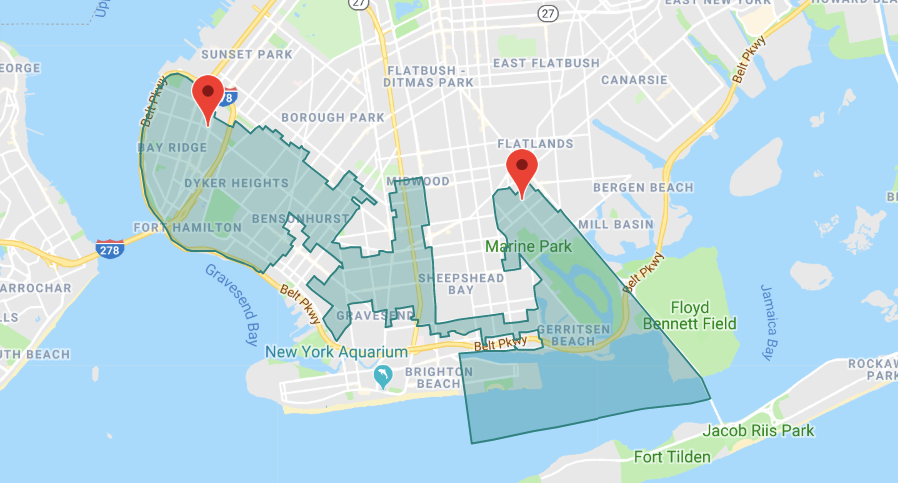
One of the biggest political fights in New York in the coming months will focus not on how our elected officials vote, but on how we vote for our elected officials.
As they do every decade following the Census count, lawmakers in New York and across the nation are getting ready to redraw districts for both members of Congress and the state legislature.
In theory, the process is intended to ensure voters get equal representation from elected officials. In practice, the process is a partisan battleground, with both Democrats and Republicans seeking to draw gerrymandered lines that favor their candidates.
Here in New York, the process will look a little different than it has in the past. For the first time, an ostensibly bi-partisan Independent Redistricting Commission will lead the process. The commission finished an initial statewide “listening tours” last month, and its next public meeting is Thursday, September 9th.
Once the commission unveils an initial proposal for redrawn lines next week, it will hold additional hearings around the state to solicit feedback.
Even this new process is unlikely to be free from partisan influence. The outcome of the process could impact whether Democrats maintain control of the US House of Representatives. The latest Census count has New York losing one congressional seat, reducing its total to 26. That district will likely be erased from a Republican-dominated area upstate.
Meanwhile, some Democratic State Senators in the city have refused to commit to accepting any lines the commission draws. If the Democrat-dominated state legislature votes twice to reject the maps proposed by the commission, the law allows the legislative body the opportunity to draw the lines themselves. That could be bad news for Republicans.
Help shape the rezonings that could reshape parts of Brooklyn
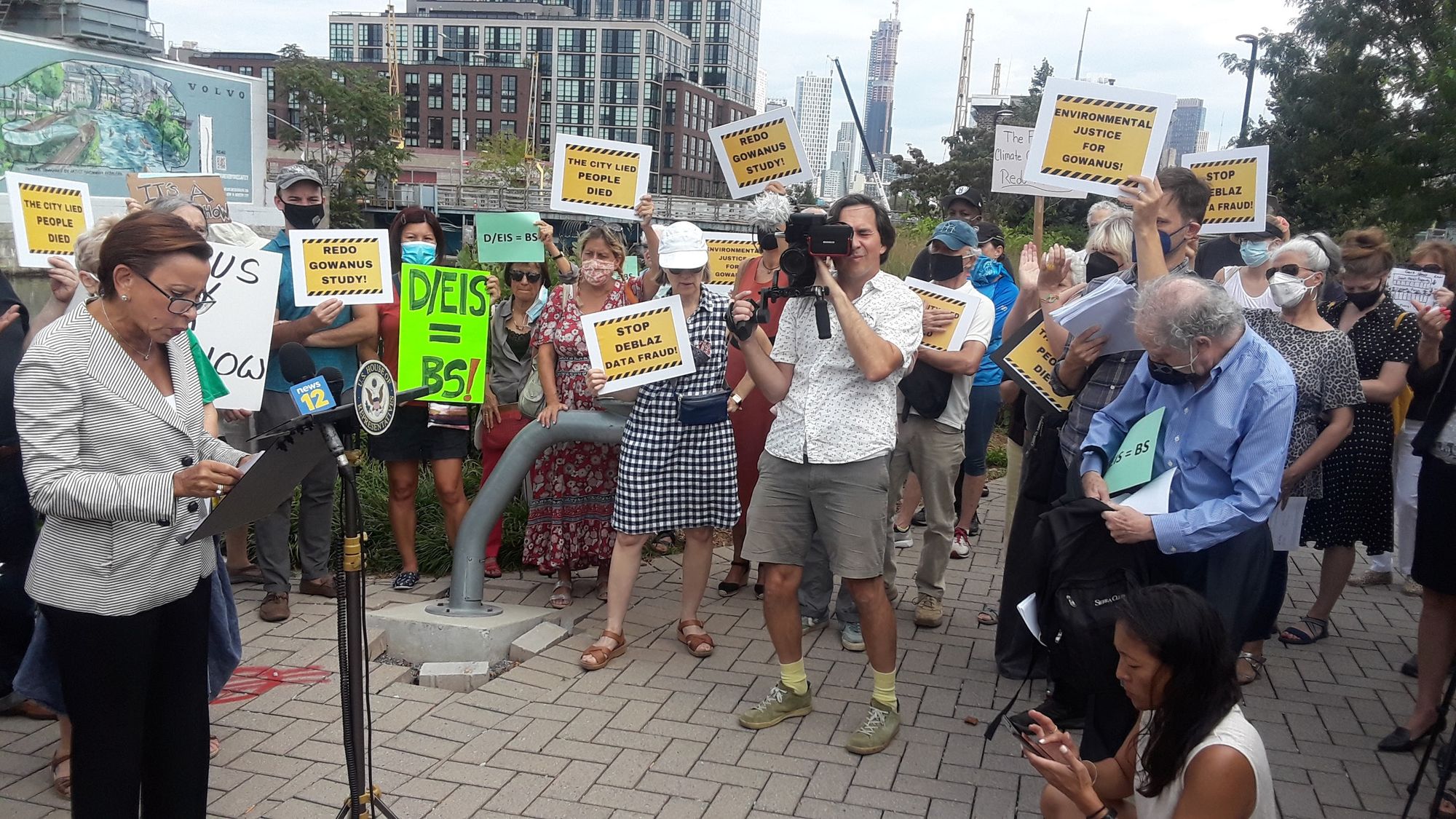
Changes to Brooklyn’s zoning map—which determines what type of buildings can be built where—can transform the built environment. And there are multiple contested rezoning proposals worth paying attention to this fall.
The largest and most well-known is a city-led proposal to rezone a swath of the Gowanus neighborhood, a move that would permit the creation of 8,495 new apartments, many of them below-market rate. Proponents say the plan would create new affordable housing and reduce residential segregation, and the proposal has the conditional backing of both local Council Member Brad Lander and Brooklyn Borough President Eric Adams, who is also the Democratic nominee for mayor.
But the rezoning is not necessarily a done deal; some local advocates say the rezoning poses environmental and safety risks, and both Lander and Adams say they’ll only support the rezoning if the city commits to additional funding for nearby public housing developments, a request the city has yet to grant. Sometime in the near future, the proposal will be put to a vote by the City Planning Commission, whose meetings are open to the public.
Other rezoning proposals are also underway. Most notably, the developer Two Trees is seeking city permission to build a pair of massive waterfront towers and a large public park near the Williamsburg waterfront. Several community groups support the project’s emphasis on climate resiliency and the promise of below-market-rate apartments, but other locals are skeptical that Two Trees can be trusted.
Brooklyn Community Board 1 plans to discuss the proposal on September 9th and cast an advisory vote at their September 14th meeting. Borough President Adams will host a virtual public meeting on the project on September 27th.
For an updated list of all the rezonings being considered in Brooklyn, visit the website of the Department of City Planning.
While it’s technically not a rezoning, one other proposed development raising eyebrows is a city-led proposal to build affordable housing at the Flatbush site of a former African burial ground. The city has put together a task force to develop recommendations for how to best honor the burial ground while allowing for development on the lot, which is located at the corner of Bedford and Church Avenues. But some residents argue no construction should be allowed on the hallowed ground.
The task force will report back on its findings from community listening sessions at virtual and in-person meetings this week. Those meetings could offer insight into the future of the project.
Make history with the Landmarks Preservation Commission
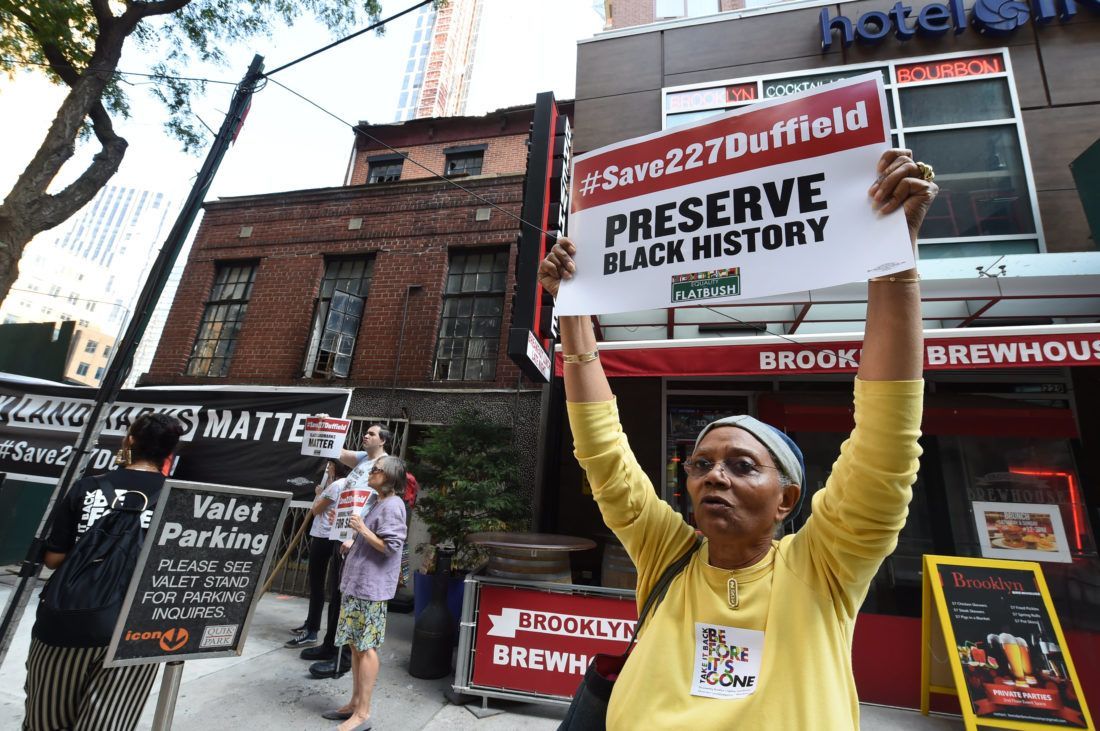
While rezonings often allow new buildings to be constructed, the city’s Landmarks Preservation Commission (LPC) seeks to protect old ones.
Right now, local activists in Park Slope are asking the LPC to consider landmarking the beloved Grand Prospect Hall, after a judge granted a temporary stay preventing local developer Angelo Rigas from demolishing it. You can keep up with that effort here.
Landmarking is intended to add a layer of protection to historically significant buildings and neighborhoods. The LPC is constantly reviewing applications for sites across the city, and their hearings, which happen multiple times per month, are open to the public.
Get on board the bus system redesign

After a pandemic-induced pause, the Metropolitan Transportation Agency is restarting its effort to redesign bus networks across the city.
The system redesigns had been a major priority of former New York City Transit President Andy Byford. The first such redesign, in Staten Island, improved bus speeds and reduced wait times when it was implemented in 2018, but plans for the other boroughs were put on ice when the coronavirus overtook the city.
The MTA now says it plans to implement a modified version of its already completed Bronx system redesign by June 2022. The timeline for Brooklyn’s redesign, which was in an earlier stage of the process, is still to be determined; a preliminary report on the current network was released at the beginning of last year.
In the meantime, the MTA is planning on implementing other upgrades, including new bus lanes, hundreds of new cameras to enforce traffic laws, the introduction of transit signal priority at more intersections, a pilot program for all-door boarding new accommodations for riders with disabilities, and the installation of digital info screens on more buses.
Meanwhile, other transportation battles loom, including fights over when and how the state will implement congestion pricing, and whether the federal government will give the MTA and other transit agencies the money they need to survive and grow during the pandemic.
You can connect with advocacy groups like the Riders Alliance and Transportation Alternatives if you want to join the fight.
Get educated at a Community Education Council meeting

Of all the sites of debate and disagreement over how New York's response to the pandemic, perhaps none has been more contentious than the city's school system.
Next week, over 0ne million public school students are set to return to in-person learning. Despite pleas from some parents, the city does not plan to offer a remote learning option for the vast majority of learners.
But that's not the only contentious fight rocking the city's education system; just this week, Mayor Bill de Blasio indicated he could take steps to overhaul how students are admitted into gifted and talented classes, a move that would reshape competitive school admissions.
If you're looking to get more involved in your child's scholastic experience, your local Community Education Council (CEC) is the way to go. The CECs are designed to offer parents the opportunity to support and impact education at the local district level.
Each CEC consists of 11 voting members who provide leadership and support for their district's public schools, and any parent of a student who currently attends Pre-K through 8th grade in a local school is eligible to run for a seat in elections, though the process can at times be disorganized and contentious. There are also citywide councils responsible for overseeing high schools, English language learners, and special education studnts.
Even if you're not ready to launch your own campaign, CEC meetings are open to the public and offer an opportunity to raise your concerns.





